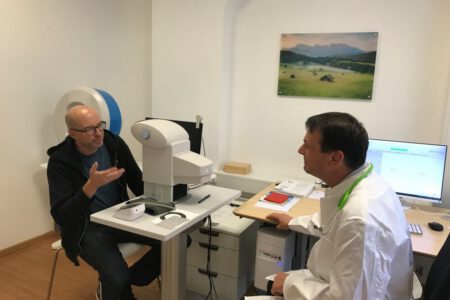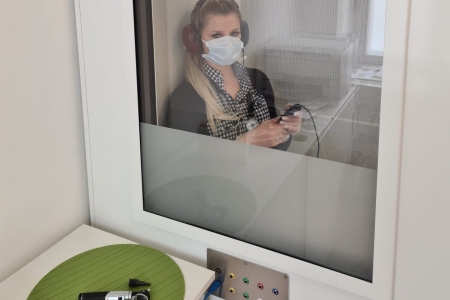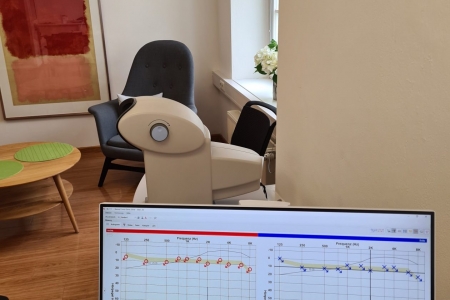Occupational Medical Examinations
OCCUPATIONAL MEDICAL EXAMINATIONS
The emphasis is on individual preventive medical advice and support, to stabilise or improve work capacity. Occupational medical examinations are an important contribution to your health and to prevent work related diseases.
Our Occupational Health Doctors / Company Doctors are qualified to perform all relevant medical examinations. By law, there are three different types of occupational medical examinations:
-
Mandatory Occupational Medical Examinations: e.g. when working with hazardous substances
-
Voluntary Occupational Medical Examination e.g. when working at a computer screen
- Medical Examination in the framework of a health plan, set up by the company: e.g. general health check-up
The German Occupational Health Guidelines are accepted procedures of occupational medicine and are in line with the latest developments in the field.
Additionally the so called German ArbMedVV was introduced several years ago, and is the leading legal framework for the medical examinations. The objective of this Ordinance on Occupational Health Care (ArbMedVV) is the early diagnosis and prevention of work-related illnesses, including occupational diseases, by adopting preventive occupational health care measures. At the same time, preventive occupational health care shall contribute to maintaining employability and further developing occupational health protection.
List of Occupational Medical Examinations
The Guidelines are accepted procedures of occupational medicine. The G-Guidelines by the BGs cover a wide spectrum of workplace health risks. At present there are 46 Guidelines.
- G1.1 Mineral Dust, Part 1: Respirable crystalline silica dust
- G1.2 Mineral Dust, Part 2: Dust containing asbestos fibres
- G1.3 Mineral Dust, Part 3: Man-made mineral fibres (aluminium silicate wool)
- G1.4 Exposure to dust
- G2 Lead and lead compounds (with the exception of alkyllead compounds)
- G3 Alkyllead compounds
- G4 Substances which cause skin cancer or skin alterations which tend to become cancerous
- G5 Ethylene glycol dinitrate and glycerol trinitrate (glycol dinitrate and nitroglycerin)
- G6 Carbon disulfide
- G7 Carbon monoxide
- G8 Benzene
- G9 Mercury and mercury compounds
- G10 Methanol
- G11 Hydrogen sulfide
- G12 Phosphorus (white, yellow)
- G13 Chloroplatinate
- G14 Trichloroethene (trichloroethylene) and other chlorinated hydrocarbon solvents
- G15 Chromium(VI) compounds
- G16 Arsenic and arsenic compounds (with the exception of arsine)
- G17 Artificial optical radiation
- G19 Dimethylformamide
- G20 Noise
- G21 Cold working conditions
- G23 Obstructive airway disorders
- G24 Skin disorders (not including skin cancer)
- G25 Driving, controlling and monitoring work
- G26 Respiratory protective equipment
- G27 Isocyanates
- G28 Working in oxygen-reduced atmosphere
- G29 Benzene homologues (toluene, xylene isomers)
- G30 Hot working conditions
- G31 Hyperbaric pressure
- G32 Cadmium and cadmium compounds
- G33 Aromatic nitro and amino compounds
- G34 Fluorine and its inorganic compounds
- G35 Work abroad under exceptional climatic conditions and with other health risks
- G36 Vinyl chloride
- G37 VDU (visual display unit) workplaces
- G38 Nickel and nickel compounds
- G39 Welding fumes
- G41 Work involving a danger of falling
- G42 Activities with a risk of infection
- G44 Hardwood dust
- G45 Styrene
- G46 Strain on the musculoskeletal system (including vibration)
- Appendix 1 Biomonitoring
- Appendix 2 Diagnosis of musculoskeletal disorders in occupational medical examinations


